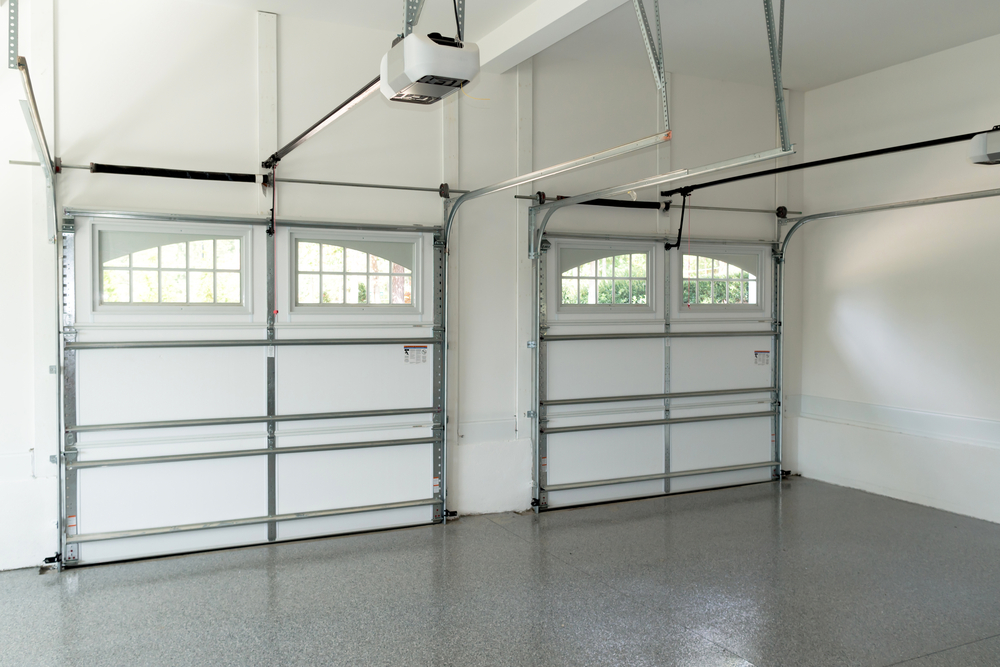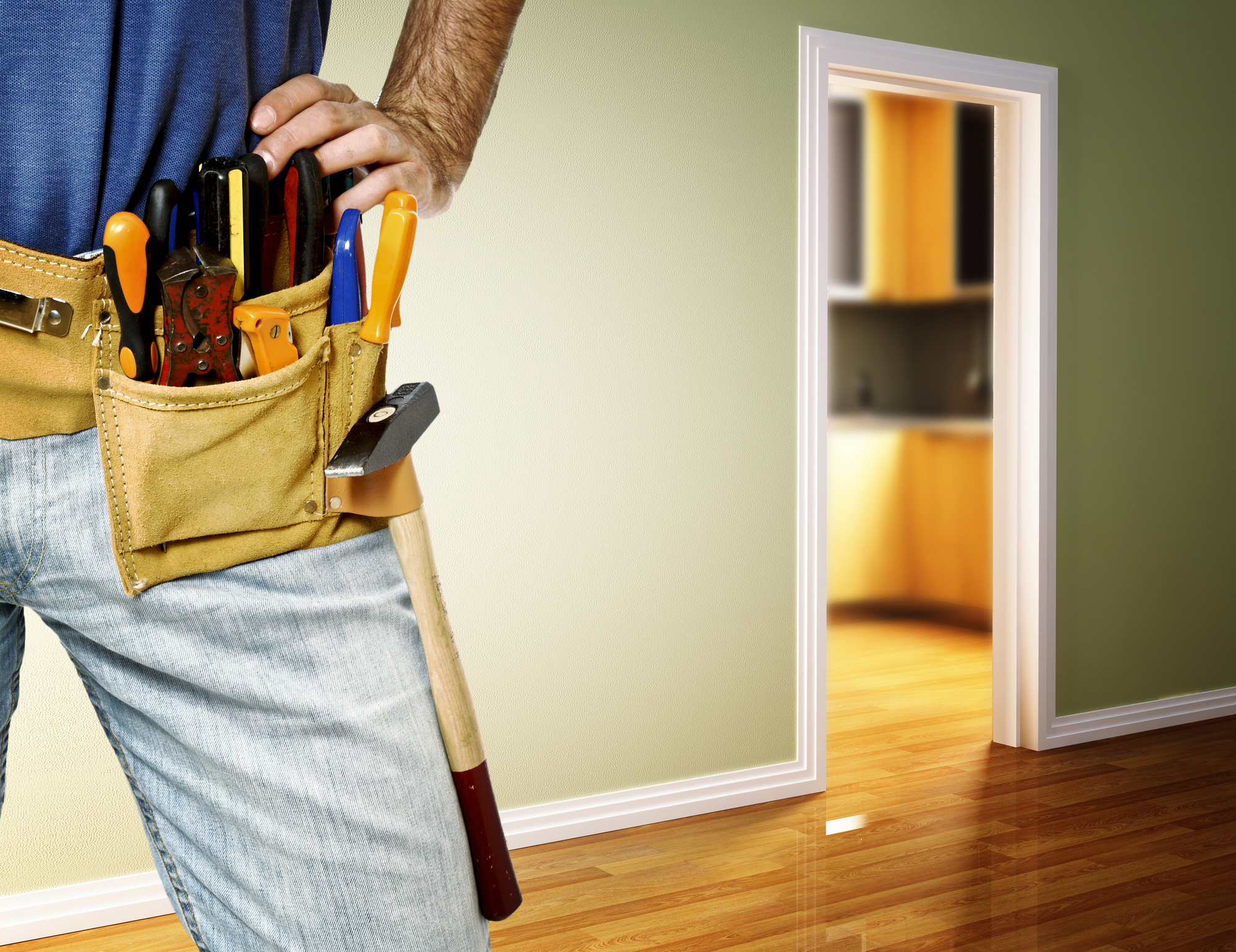Mold Prevention in Homes: Practical Tips and Insights

Key Takeaways:
- Learn about the primary causes of mold growth.
- Discover actionable tips for preventing mold.
- Understand the health implications associated with mold.
- Explore the latest tools and technologies for mold detection and management.
Introduction
Mold is an unwelcome guest in any home, often appearing unannounced and wreaking havoc on health and property. This stubborn intruder finds refuge in the damp corners of basements and the steamy confines of bathrooms, thriving in environments with abundant moisture and warmth. It’s a problem that can be prevented with vigilance and proper management. Professional services for mold inspection Portland and elsewhere offer valuable resources in effectively identifying and addressing intricate mold issues, providing homeowners peace of mind.
The key to tackling mold is understanding its causes and employing proactive measures to prevent its spread. Effective prevention often involves controlling indoor moisture through adequate ventilation, prompt leak repair, and strategic use of technology. By utilizing these strategies, homeowners can significantly lower the likelihood of mold developing into an issue in their areas. But where should one start when forming a mold-free environment?
Common Causes of Mold in Homes
The presence of mold in a home is primarily linked to excessive humidity and moisture. These conditions can result from various sources, such as leaky pipes, roof ingress, or even outdoor weather conditions. Identifying these sources early on is essential to preventing mold from taking hold. Inadequate ventilation further exacerbates the problem, particularly in moist environments like kitchens and bathrooms where steam accumulation is frequent.
Moreover, construction and design flaws can inadvertently invite mold into the space. Poor drainage and insufficient insulation allow for moisture build-up that is not easily observed but can lead to significant problems. Addressing these design issues is crucial, and the U.S. Environmental Protection Agency’s mold guide is an excellent reference for homeowners looking to understand how their structural choices impact mold presence.
Tips for Mold Prevention
Preventing mold starts with diligent control of indoor humidity levels. Dehumidifiers and exhaust fans are simple yet effective tools for reducing moisture in the air. Ideally, indoor humidity should stay below 50%, a number that significantly reduces the likelihood of mold developing. Regular maintenance checks for leaks and water intrusion are practical steps that ensure minor issues are resolved before they become significant problems.
Improving insulation in areas prone to condensation can also deter mold, as it controls temperature fluctuations that contribute to moisture formation. In addition to these measures, adopting a routine emphasizing prompt leak repair and strategic airflow via open windows or mechanical ventilation further strengthens the mold defense strategy.
The Health Impact of Mold
Mold not only harms property but also presents significant health hazards. Exposure is frequently linked to respiratory issues, such as asthma and allergic responses.
Kids, seniors, and individuals with prior health conditions or compromised immune systems face higher risks as their capacity to fight off mold spores is reduced.
The Centers for Disease Control and Prevention offers extensive information on these health impacts, underscoring the necessity for early and proactive mold management.
Persistent exposure to dampness and mold can lead to chronic health conditions. Long-term effects require careful consideration, and the benefits of early intervention with proper home maintenance cannot be overstated in the fight against mold-related health issues.
Tools and Technologies for Mold Detection
Technological advancements have introduced several tools to the homeowner’s arsenal for combating mold. Home testing kits offer an easy entry point for detecting mold presence, providing initial insights before involving professional services. Additionally, smart sensors are increasingly used to monitor humidity levels in real time and alert homeowners when conditions favor mold growth.
These innovations provide continuous monitoring and peace of mind, making it easier for individuals to stay informed about their home’s environmental conditions and take action when necessary.
Steps for Effective Mold Remediation
Dealing with a mold issue can be overwhelming, but it is essential to recognize when to obtain expert evaluation for successful removal.
Professionals bring expertise and tools tailored to ensure thorough mold removal while preventing its return. However, homeowners may manage more minor infestations with DIY solutions, provided they adhere to safety guidelines and use appropriate protective equipment.
Successful remediation also involves identifying and rectifying the root causes of moisture accumulation, ensuring that similar issues do not arise.
Understanding Mold-Resistant Products
Mold-resistant products serve as an additional line of defense against dampness. Utilizing mold-resistant paints and sealants can significantly improveens, and basements. These materials offer aesthetic improvements and provide a layer against future infestations.
Building materials such as mold-resistant drywall and insulation further strengthen a home’s defenses, ensuring structural integrity while enhancing durability against mold intrusion.
Case Studies: Real-Life Mold Prevention Success Stories
Learning from others’ experiences provides invaluable insights into effective mold management. Homeowners who have successfully dealt with mold offer practical tips based on their real-world experiences. These narratives frequently emphasize the significance of alertness and the calculated application of technology and upkeep in sustaining a mold-free setting.
Embracing these lessons empowers individuals with the knowledge to protect their homes and health from mold’s challenges, ensuring a safe and comfortable living space.





